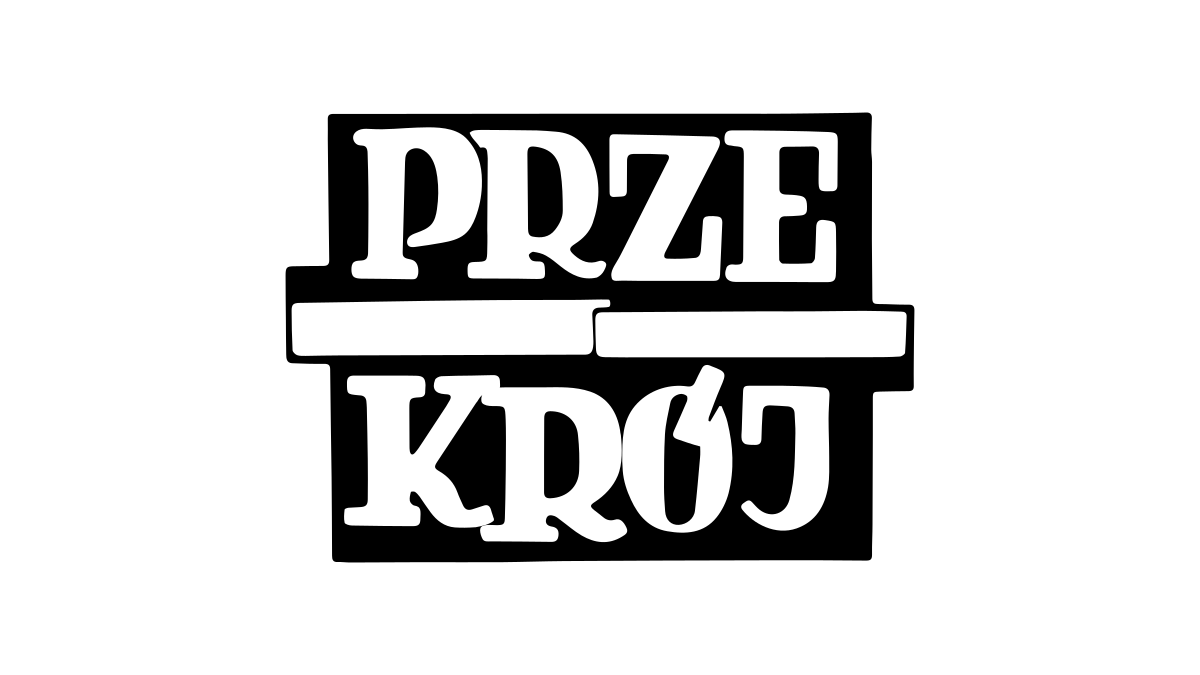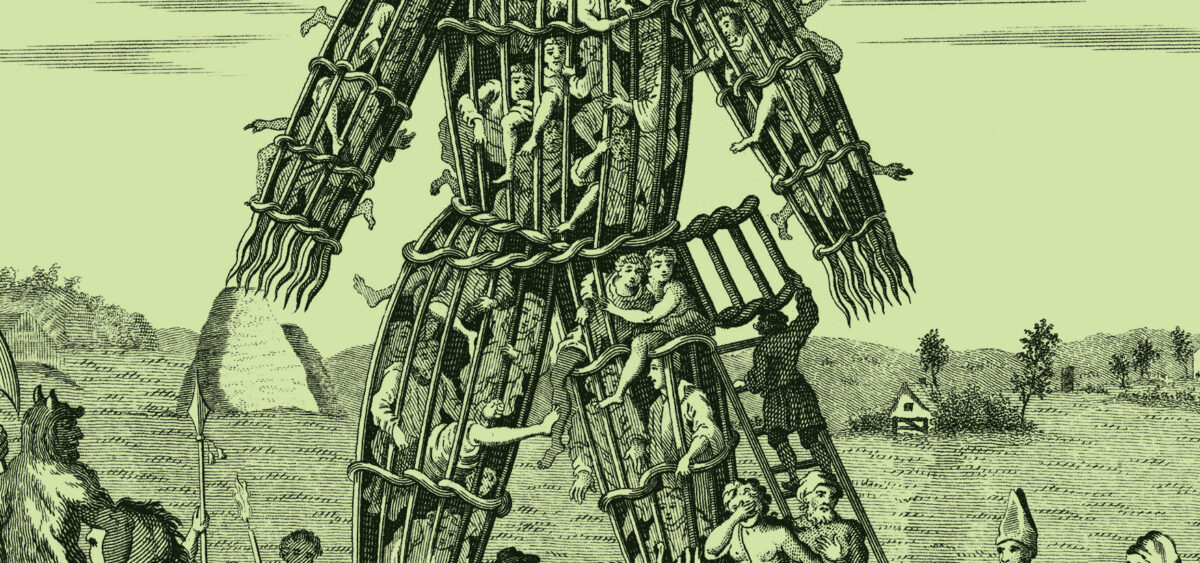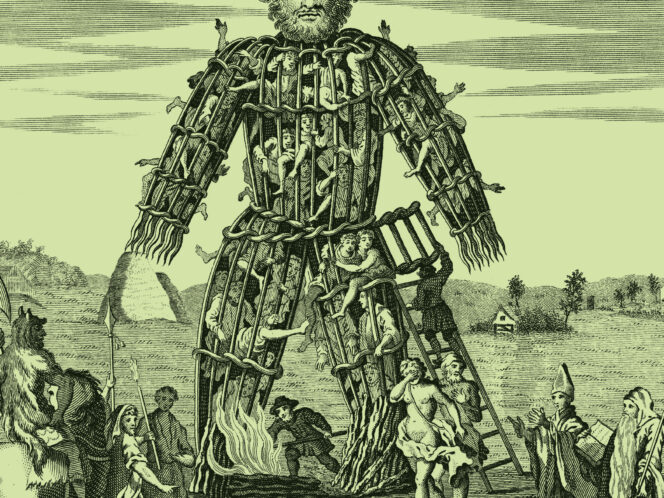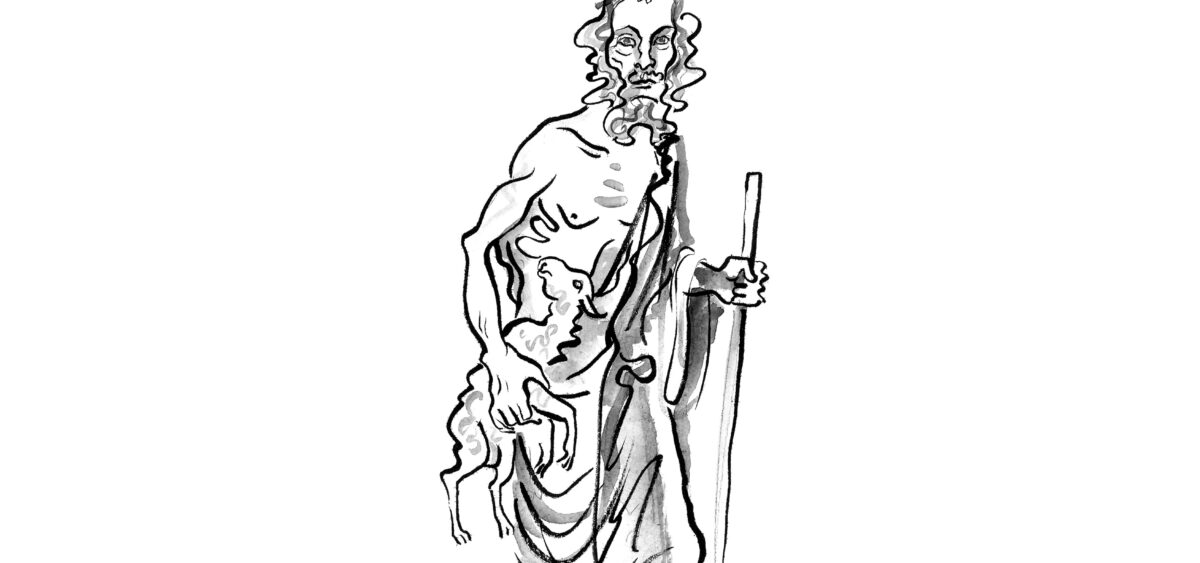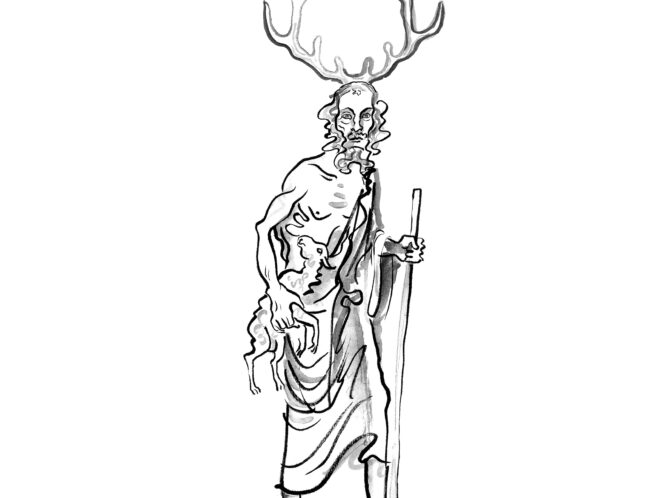
We know little about the Celts, since they had a similar attitude to writing as they did to the Romans. Unbending in their approach to the written word, they also discovered iron and introduced it to Europe, alongside new beliefs, traditions and culture, echoes of which can still be heard today. In the collective imagination, the Celts are situated at the intersection of history and myth. Even their name causes problems. The word keltoi was first used by the Greeks to denote northern barbarians, whom they encountered while sailing the Mediterranean Sea and the eastern parts of the Atlantic. Some contemporary historians consider this term to be of little help, as it brings together peoples that were only loosely connected.
One thing is certain: the Celts stir the imagination, since they serve as a link between classical European civilization and the olden days emerging from prehistoric darkness. Since they left behind almost no written records, we know them mostly thanks to the writings of ancient Greeks and Romans. They represented the Celts as their opposites. While they had some respect for them as courageous and fair people who enjoyed their feasts, they essentially viewed them as barbarians. A lot of information about the Celts can be also derived from Celtic literature recorded by Irish monks in early mediaeval times, but it only applies to Celts from the British Isles.
In the 18th century, Celtic history was integrated into national myths developed by the countries that claimed Celtic heritage. In particular, Irish antiquarians had considerable influence here. More recently, the Celts have become an object of attention for political extremists and neo-pagans fascinated with Druidism. Everyone has offered a slightly different vision of the Celts for their own purposes. Today, knowledge about this mysterious group can be sourced from archaeological excavations, linguistics, and even DNA tests. The problem is that researchers tend to reach entirely different conclusions. Celtic identity proves fluid and can be understood in various ways.
Baffling finds
In 1846, near Hallstatt, Austria, a large cemetery was discovered with around 1000 graves dating back to the eighth century BCE. During excavations, the remains of over 5000 prehistoric inhabitants of the valley were found, alongside around 20,000 objects. Ornamented iron swords engraved with solar symbols, gold bracelets and bronze vases prove that the people who inhabited the area were not only rich, but also had some metallurgical skills. Some ornaments contained amber, which demonstrates that there was
